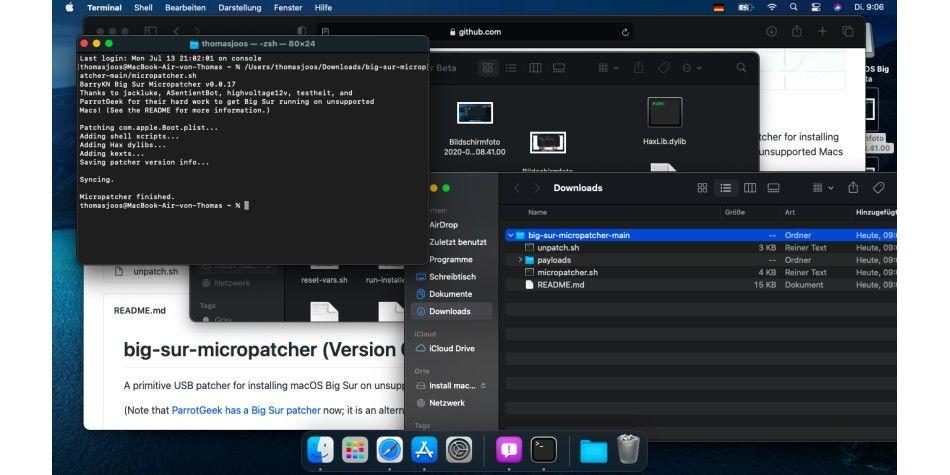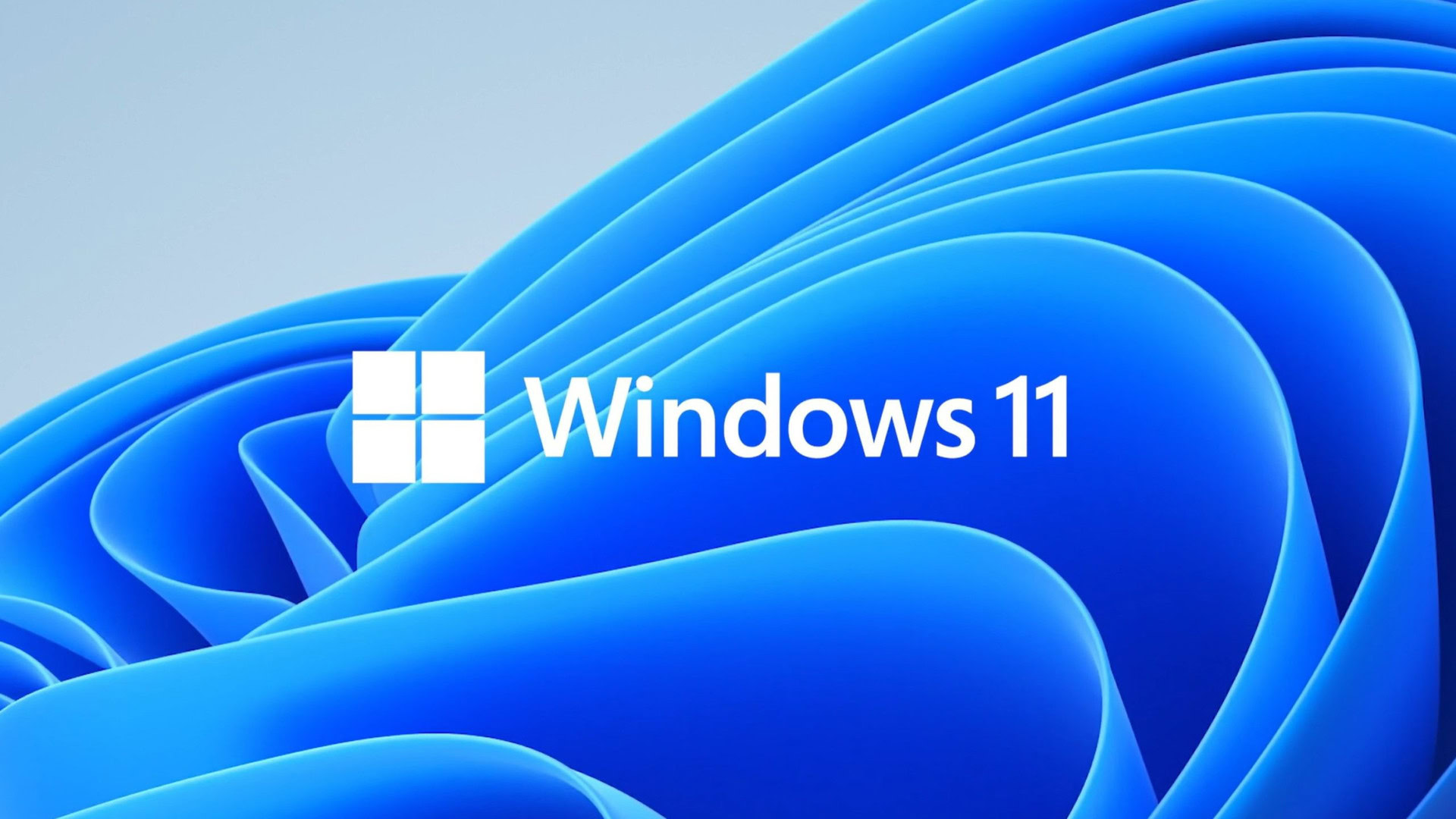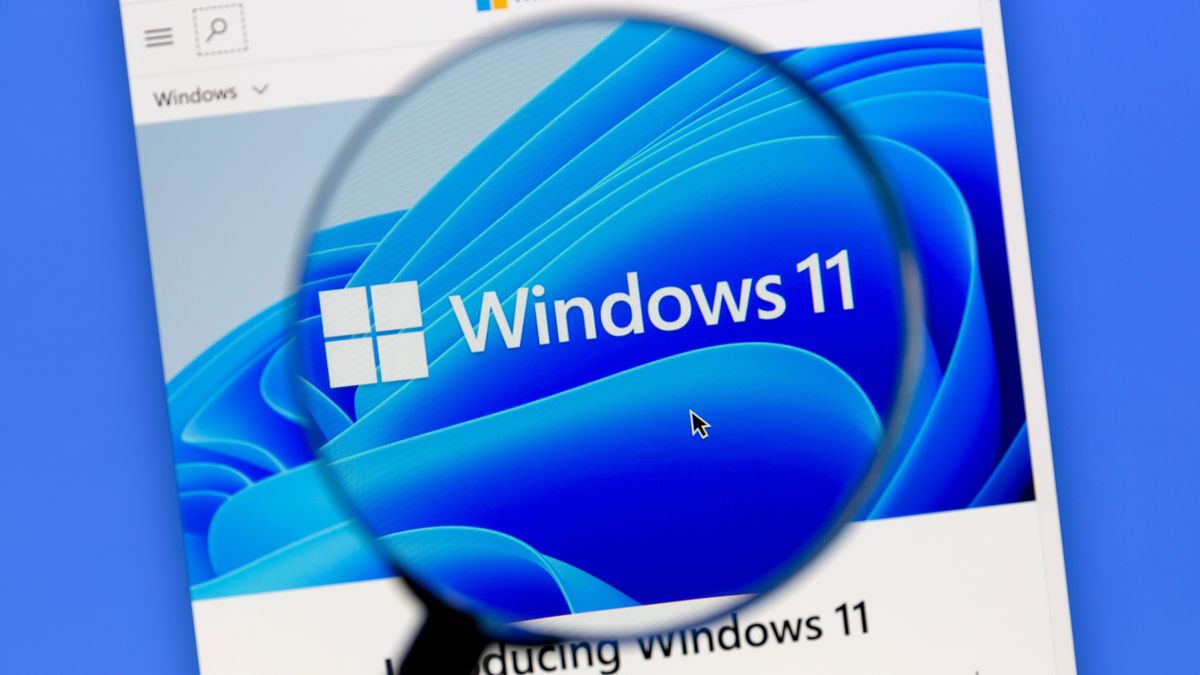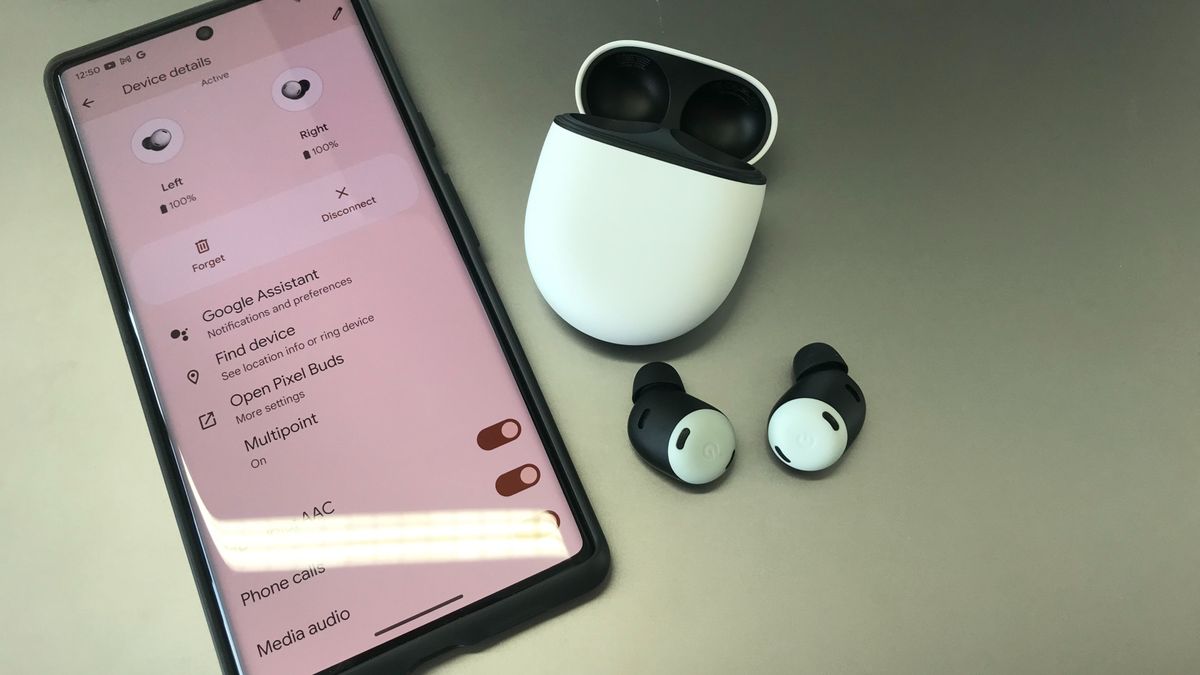Install latest macOS on an old Mac: run Ventura on an unsupported Mac

Apple updates its macOS desktop and laptop operating system once a year, like clockwork, bringing new features and improvements. That’s all very well, but Apple’s most recent version of macOS, Ventura, won’t run on a MacBook, MacBook Pro or iMac that launched before 2017, MacBook Air models from 2018 and the Mac Pro from 2019 are covered, as are the iMac Pro and Mac Studio. But that’s it, if your Mac is older you are out of luck… Or are you.
What if your Mac or MacBook is older than those mentioned above? Officially this means that your Mac can’t officially be updated to macOS Ventura – unless you follow this tutorial.
It’s not only Ventura that is limited to newer Macs. macOS Monterey won’t run on MacBook Air, MacBook Pro or iMac models that launched before late 2015. The 2016 MacBook is supported, and if you have a 2014 Mac mini or a 2013 Mac Pro you are in luck, but those are basically the oldest Macs that can support macOS Monterey. And when Big Sur launched in 2020 compatibility was limited to the 2014 iMac, 2013 and 2014 MacBook Air, 2013 and 2014 MacBook Pro, and 2015 MacBook.
There is a good reason why you might want to run one of these three macOS versions on your Mac. Apple supports only the past three versions with security updates – which means that is your Mac isn’t able to update it may be vulnerable to security threats. See: How long does Apple support Macs.
Before you go ahead and follow the advice below a word of warning: there is a reason why Apple chooses not to support the new Mac operating system on older Macs. Older Macs just don’t have the necessary components or power required to cope with the demands of the more modern systems. So if you do install Ventura, Monterey, Big Sur–or even Catalina or older–on an unsupported Mac don’t expect it to run smoothly.
Is my Mac too old to update?
We have a macOS compatibility checker here, so you can see which versions of macOS your Mac should be able to run.
Here’s an overview of the Macs that will run Ventura, according to Apple:
- MacBook models from 2017 or later
- MacBook Air models from 2018 or later
- MacBook Pro models from 2017 or later
- Mac mini models from 2018 or later
- iMac models from 2017 or later
- iMac Pro (all models)
- Mac Pro models from 2019 or later
- Mac Studio (all models)
Here’s an overview of the Macs that will run Monterey, according to Apple:
- MacBook models from early 2016 or later
- MacBook Air models from early 2015 or later
- MacBook Pro models from early 2015 or later
- Mac mini models from 2014 or later
- iMac from 2015 or later
- iMac Pro (all models)
- Mac Pro models from late 2013 and later
Here’s an overview of the Macs that will run Big Sur, according to Apple:
- MacBook models from early 2015 or later
- MacBook Air models from 2013 or later
- MacBook Pro models from 2013 or later
- Mac mini models from 2014 or later
- iMac models from 2014 or later
- iMac Pro (all models)
- Mac Pro models from 2013 or later
If your Mac is supported read: How to update macOS.
Can install the latest macOS on an unsupported Mac
If Apple deems your Mac to old to run Ventura, Monterey, or any other versions of macOS, updating is not simple, but it is possible.
You can run newer macOS versions on older Macs by using a patcher.
Don’t expect things to be plain sailing though – in fact you should expect to encounter problems. Be prepared for the fact that your Mac will not function optimally and you could lose data. (For that reason we recommend doing a full backup of your Mac first).
For example, many older Macs had problems with the Wi-Fi connection after installing macOS Big Sur. If you rely on Wi-Fi, installing an unsupported version of macOS is not advisable. Just beware that elements of macOS you are used to may not work once you have updated.
Running Ventura or another macOS on an unsupported Mac may also be considered against Apple’s terms and conditions. For information about Apple’s terms and conditions read: Should you agree to Apple’s terms and conditions.
Wondering if it’s worth updating your Mac? Read: macOS Ventura vs Monterey.
How to install Ventura on an unsupported Mac
If your Mac is more than a few years old and you try to install Ventura on it you will hit a few hurdles – the first being the fact that Software Update won’t let you install the new version of macOS.
However, this doesn’t mean that installing Ventura on an older Mac isn’t possible. It is – you just need a patch. Luckily there’s a patcher for installing macOS Ventura on older Macs available – the OpenCore Legacy Patcher. The download and instructions can be found here.
Note that macOS patchers cannot perform magic and not all Macs will be compatible. Before installing Ventura on an older Mac, make sure that your Mac is compatible with the patcher. You can find a list of all the Macs supported here.
The procedure for updating to a new version of macOS on incompatible Macs is as follows:
- Before you do anything back up your Mac, just in case.
- First you will need to obtain the installation files for the version of macOS you are after – in this case Ventura. You’ll have to obtain these using a compatible Mac. If they don’t show up in Software Update you can get the installation files from the Mac App Store. They are over 12GB so expect the download to take a while.
- Once they are downloaded you need to load these installation files onto a USB stick and prepare the USB stick for installing macOS Ventura. We explain how to create a bootable installer of macOS in a separate article. You’ll be able to find the installation files in Finder > Applications. (Open Finder and press Shift + Command + A).
- Next you need to obtain the patcher software that will essentially trick the installation files of the version of macOS you want to install into believing that the Mac is compatible. You can download the latest version of the patcher we mentioned above here. Click on the Code and then the green Code button, and then the Download Zip button.
- After extracting the archive from your download you will find the file “OpenCore-Patcher.app”.
- Run the OpenCore-Patcher app.
- Choose Build OpenCore (unless you wish to run the patcher on a different Mac, in which case it’s Change Model).
- Once in Build OpenCore the process should quickly build and then you will return to the main menu.
- The next step is to choose Install OpenCore to USB/internal drive from the options. (The recommendation is to install on a FAT32 drive.
- Once that has been created you need to reboot your Mac while holding down the Option (Alt) key.
- When the Mac starts up there will be a black screen with a few drive options. Select EFI Boot.
- This will load up OpenCore. Next you need to select Install macOS, you should see the option Install macOS Ventura in the OpenCore Picker.
- Now install macOS Ventura.
We recommend that you follow the steps outlined here if you have any problems. Expect the update to take several hours.
How to install macOS updates on an unsupported Mac
Once you have installed macOS Ventura (or whatever version of macOS you choose), updates will appear in Software Updates as soon as they are available. However, you should not install these. Instead you need to create a USB stick with the new installation files and install the update in that way.
How to install Monterey on an unsupported Mac
The process is the same if you want to install Monterey on your Mac. As above, the download and instructions can be found here.
Just beware that Boot Camp Assistant might be broken on Macs that support that app, and other elements you are used to may not work.
You use the same patcher as above as that patcher supports Big Sur and newer for patching. You can check to see if your Mac is compatible with the patcher here.
The procedure for updating to a new version of macOS on incompatible Macs is the same as above, although you’ll need to use the Monterey installation files (which you can get from the Mac App Store). They are 12GB so expect this to take a while.
Once OpenCore is up and running you will be able to select Install macOS, you should see the option Install macOS Monterey in the OpenCore Picker.
How to install Big Sur on an unsupported Mac
Installing Big Sur on an unsupported Mac is similarly tricky, but, again, this doesn’t mean that installing Big Sur on an older Mac isn’t possible. You can use the same patcher as above, there’s also a patcher for installing macOS Big Sur on older Macs available – the big-sur-micropatcher can be downloaded from GitHub.
Check that the patcher is compatible with your Mac – you should find this information on the patch page (linked above).
The procedure for updating to an incompatible Mac to Big Sur is the same as above. This time you can obtain the installation files from this Mac App Store link. Follow our guide linked to above to make a bootable installer.
- If you download the Big Sur patcher from GitHub, click on the Code and Download Zip buttons.
- After extracting the archive from your download you will find the file “micropatcher.sh”.
- Open a terminal window and drag and drop the file into the terminal. Then run the command.
- Now install macOS from your bootable installer.
In some cases, there are still tasks to be performed after the installation. These can be found in the instructions for big-sur-micropatcher. After preparing the Mac with the USB stick, start a terminal and enter “/ Volumes / Image Volume / set-vars.sh”. The script is part of the patch for macOS Big Sur and changes important settings for booting and system files.

The update can take several hours. In our case it sometimes looked like the installer had crashed during the update. In this case you should wait, as the installation is usually still in progress. Over time, better ways to update a machine may be found. Currently, the safest approach is to update using a bootable USB stick.
How to run Catalina on an old Mac
Apple advises that macOS Catalina will run on the following Macs:
- MacBook models from early 2015 or later
- MacBook Air models from mid-2012 or later
- MacBook Pro models from mid-2012 or later
- Mac mini models from late 2012 or later
- iMac models from late 2012 or later
- iMac Pro (all models)
- Mac Pro models from late 2013
You can download a macOS Catalina Patcher from a developer known as DOSDude1. The patch will enable you to install Catalina on an older Mac.
The Catalina hack doesn’t work with every Mac, but many are covered. You can
see if your Mac is supported here.
DODDude1 offers a video tutorial on his website, here. We’ve simplified the steps below, but we recommend that you follow his tutorial.
- Download the latest version of the Catalina patch here. (You can make a donation).
- Open the Catalina Patcher app.
- Click Continue.
- Choose Download a Copy.
- The download (of Catalina) will start – since it’s almost 8GB it is likely to take a while.
- Plug in a flash drive.
- Choose ‘Create a bootable installer’ from the options.
- Plug the bootable installer into the Mac you wish to update.
- Restart the Mac while holding the Option/Alt key. This will cause the Mac open in Startup Manager.
- Choose the bootable installer drive and Enter.
- Now your Mac should open in Recovery.
- Choose Reinstall macOS and wait for the new version of macOS to install.
- After the installation has completed, you should restart the Mac in Recovery mode again, choosing the drive that contains the bootable installer.
- Now choose macOS Post Install and the required patches will be installed on your Mac so that Catalina can work.
- When the patches have been applied choose Force Cache Rebuild.
- Restart.
- When it reboots, your Mac should now boot into a fully working copy of macOS Catalina.
If you are running a version of macOS that predates High Sierra or Mojave, you will need to format your hard drive to APFS.
We have more advice about
installing macOS via a Bootable Installer here.
How to run Mojave on an old Mac
Apple advises that macOS Mojave will run on the following Macs:
- Mac models from 2012 or later
- iMac Pro (from 2017)
- MacBook models from 2015 or later
- MacBook Pro models from 2012 or later
- MacBook Air models from 2012 or later
- Mac mini models from 2012 or later
- Mac Pro models from late 2013 (plus mid-2010 and mid-2012 models with recommended Metal-capable GPU)
As with Catalina, a patch tool was written DOSDude1 that enables you to install macOS Mojave on an older Mac.
You can download the Mojave Patch Tool here.
How to run High Sierra and older on an old Mac
The older macOS High Sierra had a little more scope. Apple said that would run happily on a late 2009 or later MacBook or iMac, or a 2010 or later MacBook Air, MacBook Pro, Mac mini or Mac Pro.
DOSDude1 wrote a similar patch for High Sierra and prior to that Sierra. With the patch installed you can go back as far as early 2008 models. It’s unlikely to run like a dream, which is why Apple advises against this course of action. But you should be able to achieve tolerable performance.
Why you shouldn’t install new macOS on an old Mac
We’d advise tech beginners against attempting this workaround: it calls for a moderate degree of tech expertise.
Remember that we’re going against Apple’s official advice on this one, which means that if something goes wrong – and that’s always a possibility with an OS install, even if you’re using official software – your warranty is unlikely to save you. Of course, it’s unlikely that your 2008 Mac would be under any warranty so that may not worry you too much.
Back up your Mac before going any further. And bear in mind two more caveats.
At some point Apple may patch this hack and prevent it working in future. So if you’re keen, and happy that the risks and difficulties are worth it for you, then jump in while you still can.
Otherwise, you might want to read How to sell an old Mac.








